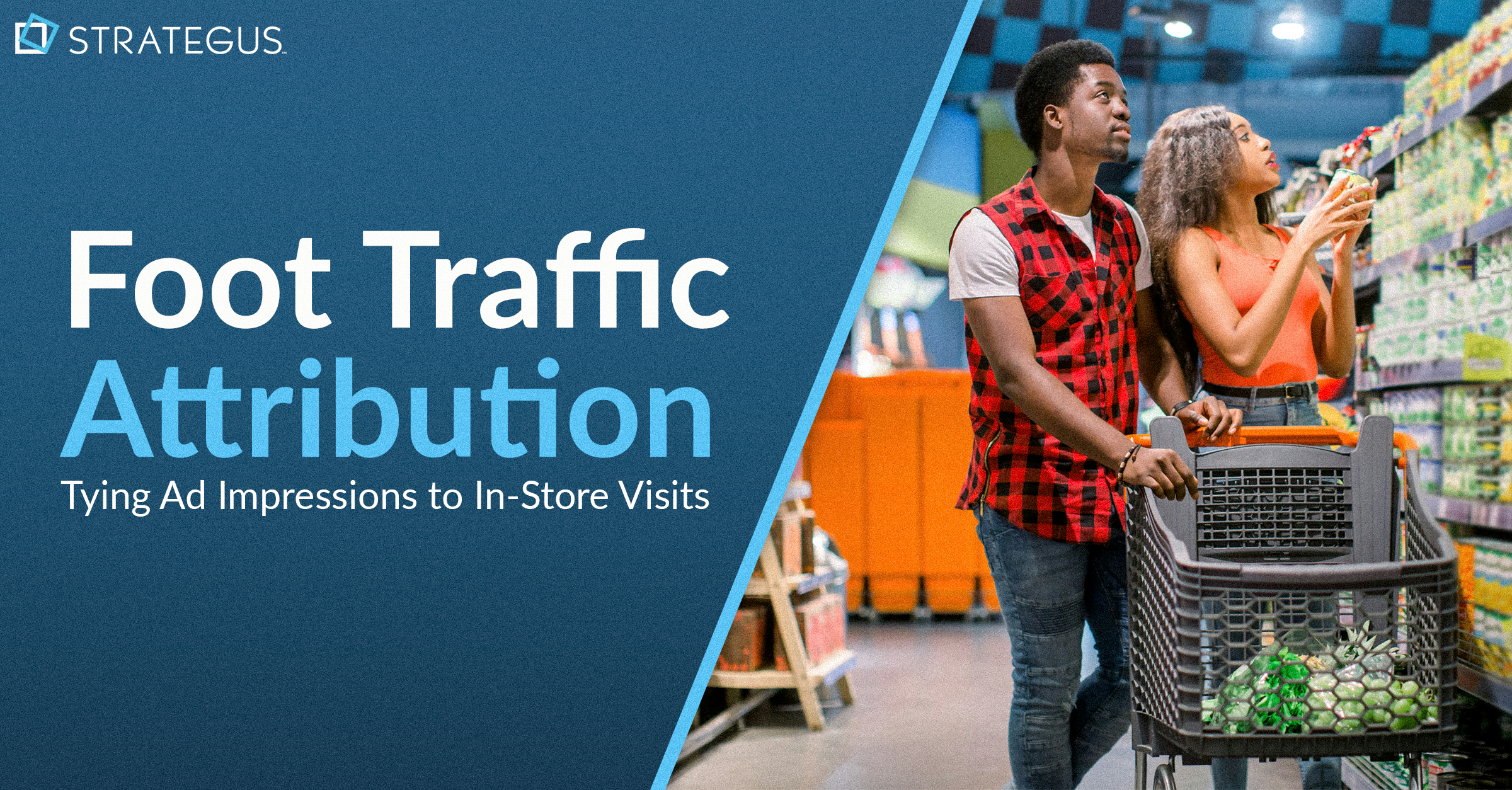- Home
- Strategus Blog
- Is Email Marketing Dead ?
Is Email Marketing Dead ?
 Andy Dixon
Andy Dixon
4 minutes read

In today’s fast paced digital landscape Email has become a daily life event and somewhat of an afterthought in the minds of many Marketers. We hear from clients that Email Marketing is dead and no one opens email messages, and it can be perceived as a SPAMMY way of marketing. We totally agree that if Email Marketers are not aware of employing best practices for success they could be considered like SPAM. With regards to Email Marketing being DEAD, we politely disagree. To share some data on email usage *The Radicati Group, Inc., a Technology Market Research firm, did a study and reported that over 100 billion emails are sent and received per day. Email still remains the predominant form of communication in the business space. The trend of email is expected to continue, and business email will account for over 132 billion emails sent and received per day by the end of 2017. *
The best Marketers understand and will incorporate best practice emails as an integral part of their campaigns, while avoiding the temptation to remove the tactic for an untested new mouse trap. Email is direct, showing up on the digital doorstep of customers, personalized, and not just generalized to a broad user base. It’s cheaper than most other commonly used marketing tactics. It’s critical for small business marketers to understand the importance of creating best practices to harness the power of a successful Email Marketing strategy.
Make it personal
If you have a customer’s email address, you’ll more than likely also have their corresponding name. Use this to your advantage and catch their eye with a direct address.
A recent industry study looked at 24 billion emails and found that personalized messages had the highest open rate behind timely news and affiliation emails. Such personalization, can come in the subject line or in the salutation, but the same cited study recommends staying away from the use of “Dear,” especially in the subject line, where characters are limited.
Let your customers understand they’re more than a prospective sale.
First line and subject line connection
Aim for brevity in the subject line, but don’t let that dissuade you from being descriptive. Tease your email content without being too corny (e.g. “You won’t believe this!”) or too general (e.g. “February Newsletter”), then deliver on that tease and do it quickly.
Small business owners should carry a sense of urgency into their email campaigns, always remembering that they have a limited amount of time to communicate value before the reader sends the email to the trash.
As an example say your organization has an upcoming event. You could craft your message as follows:
Subject line: Join us this Saturday at Clement Park
Salutation: John,
First line: We’re having a grand opening wine tasting event this Saturday at 7 p.m.
If John is interested, he’ll keep reading about your event.
When to send
Email Marketing is like door-knocking. If you arrive at the wrong time with the wrong message, you’ll probably be turned away if the door is even opened to you.
Here are some basic guidelines for delivery time:
- Across the board, “Open rates” are highest early in the morning. One study found that users open approximately 53 percent of emails that arrived in inboxes at 6 a.m.
- Users respond well to emails that arrive after they get off work between 7 and 10 p.m. according to the same study.
- Avoid the middle of the work day and weekends.
- Avoid Mondays. Prospects are starting their work week and are probably stressed, and they likely don’t want to spend their time reading an email that doesn’t have bearing on their task at hand.
Short and sweet
According to one study your email should be concise. The subject line should be 6-10 words. Most Marketers want to drive the user to their website. Keep that in mind when making email content decisions. Make sure your message is clear, personal and not to salesy.
Ask questions
Your email message is meant to generate a response whether a click, a visit to your site, an R.S.V.P., a subscription or otherwise. Remember this as you create your content.
One way to engage readers is a simple conversational tactic: Ask questions. Perhaps you’re looking for real feedback on a new product or maybe you’re simply looking to tease a page on your website. Asking is a simple way to accomplish both.
Don’t forget mobile users
Make sure your links are clickable, which will cater to mobile users. Direct users to pages on your website that load quickly.
Test & Test again
The best Marketers live and die by testing in all they do. Use A/B testing as you hone your email campaigns.
- Subject lines that get the best open rates.
- Use alternate first lines to see how users respond.
- Try capitalization variations to see how your readers respond.
Share the love
Making it easy for readers to share your content whether via email forwarding or social media is an easy way to increase your customer base and number of subscriptions. Offer a promo code or a giveaway to new subscribers and to those who share your message.
Measure engagement & conversions
Compile as much data about your readership as you can and test that data.
- Measure against your subscription list.
- What subject lines get you the best opens?
- What are subscribers clicking on?
Final thoughts:
Email Marketing is a powerful tactic if the Marketer uses the required attention to detail and has a clear vision on the message. By working through these 10 best practices, you should be on your way to Email Marketing success!

Andy Dixon is a seasoned Content Writing Specialist at Strategus, renowned for his expertise in creating engaging and impactful digital content. With over a decade of experience in content creation, Andy has honed his skills in a variety of niches, ranging from technology and marketing to education.
Strategus is a managed services connected TV(CTV) advertising agency with over 60,000+ campaigns delivered. Find out how our experts can extend your team and drive the result that matter most.
Talk to an Expert
Seeking a Custom CTV Strategy That Delivers?
What to read next

Third-Party Data Targeting for CTV: Benefits & Tactics
Third-party data. It’s a term that’s thrown around, and yet few take the time to detail its pros and cons — much less strategies for using...
7 minutes read

First-Party Data Targeting: Benefits and Tactics for CTV Advertising
First-party data is the information that companies collect directly from their customers rather than through intermediaries. Advertisers use this...
10 minutes read

Foot-Traffic Attribution: Tying Ad Impressions to In-Store Visits
The marketing funnel has changed. Today’s shoppers often begin researching products from the comfort of their homes and don’t set foot into a store...
8 minutes read

CTV Attribution: What It Is and How It Works
Connected TV (CTV) viewing is on the rise — and that’s good news for marketers. Not only can CTV ads be precisely targeted to individual households,...
9 minutes read















